EV battery degradation: the facts
Battery performance is pivotal to the success of electrification, and while EV battery degradation is a natural and predictable process for packs made of lithium-ion, it’s a concern for many drivers.
Therefore, vehicle manufacturers must address this issue transparently to build consumer confidence and protect residual values. This article outlines the technical aspects of EV battery health, how fast EV batteries degrade and how to mitigate degradation, including thermal management, repairs and charging techniques.
Discover more content...
What is EV battery degradation?
EV battery degradation refers to the gradual decline of a battery’s capacity over time, due to lithium-ion cells aging and gradually storing less energy. This doesn’t mean they stop working, just that the vehicle’s range will slowly decrease thanks to less available energy capacity.
Common misconceptions remain, however. From battery degradation happening quickly and suddenly, to the batteries only lasting a few years. The reality, though, is that today’s electric vehicles are designed with a durability mindset, and thanks to robust engineering and battery technology advancements, battery capacity issues are minimal, averaging at 1.8% per year according to Geotab’s 2024 study.
For OEMs, ensuring stable degradation via battery capacity warranties, advanced diagnostics and predictive battery management, is essential for EV battery health, and maintaining brand trust over the vehicle’s lifecycle.
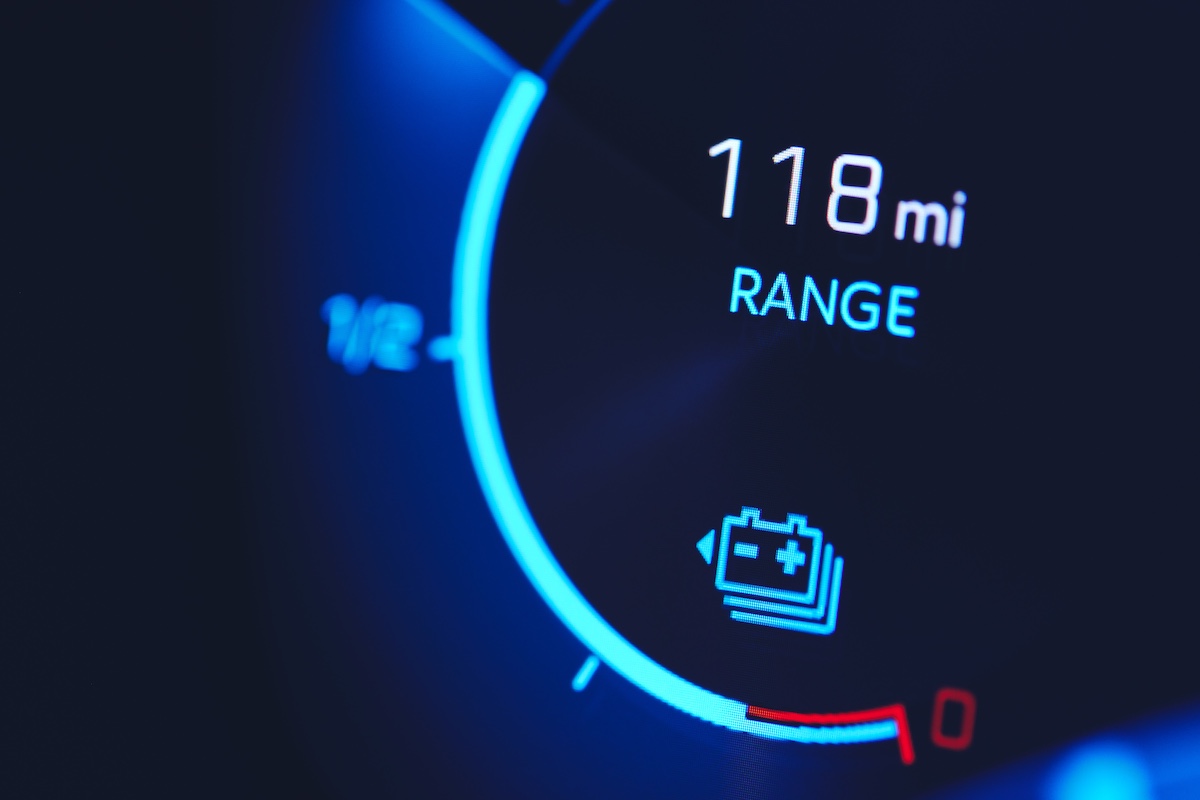
Why do EV batteries degrade over time?
When considering why EV batteries degrade, there’s a few factors that play a part, but ultimately it comes down to degradation being a natural chemistry response to repeated use.
Each charge and discharge cycle slowly impacts the battery’s internal structure, resulting in decreased capacity.
Key contributors to battery degradation in EVs include:
- Charge/discharge cycles: Just like any technology, repeated cycling causes electrode loss and SEI (solid electrolyte interphase) build up. In turn, this reduces the battery’s capacity.
- Temperature exposure: High temperatures accelerate chemical reactions which speeds up degradation, making proper thermal management essential in extending battery health.
- Fast charging (DC charging): While fast charging is convenient for the driver, consistent use of high-voltage DC charging, raises cell temperatures and accelerates degradation.
- State-of-charge extremes: Much like with a smartphone, keeping a battery at 100% or repeatedly allowing it to fall to 0% causes internal stress.
Despite some similarities with smaller consumer electrics, it’s important for OEMs to reassure drivers that not only are EV batteries significantly larger and more robust, but they also benefit from advanced battery management systems (BMS), that monitor and protect each component.
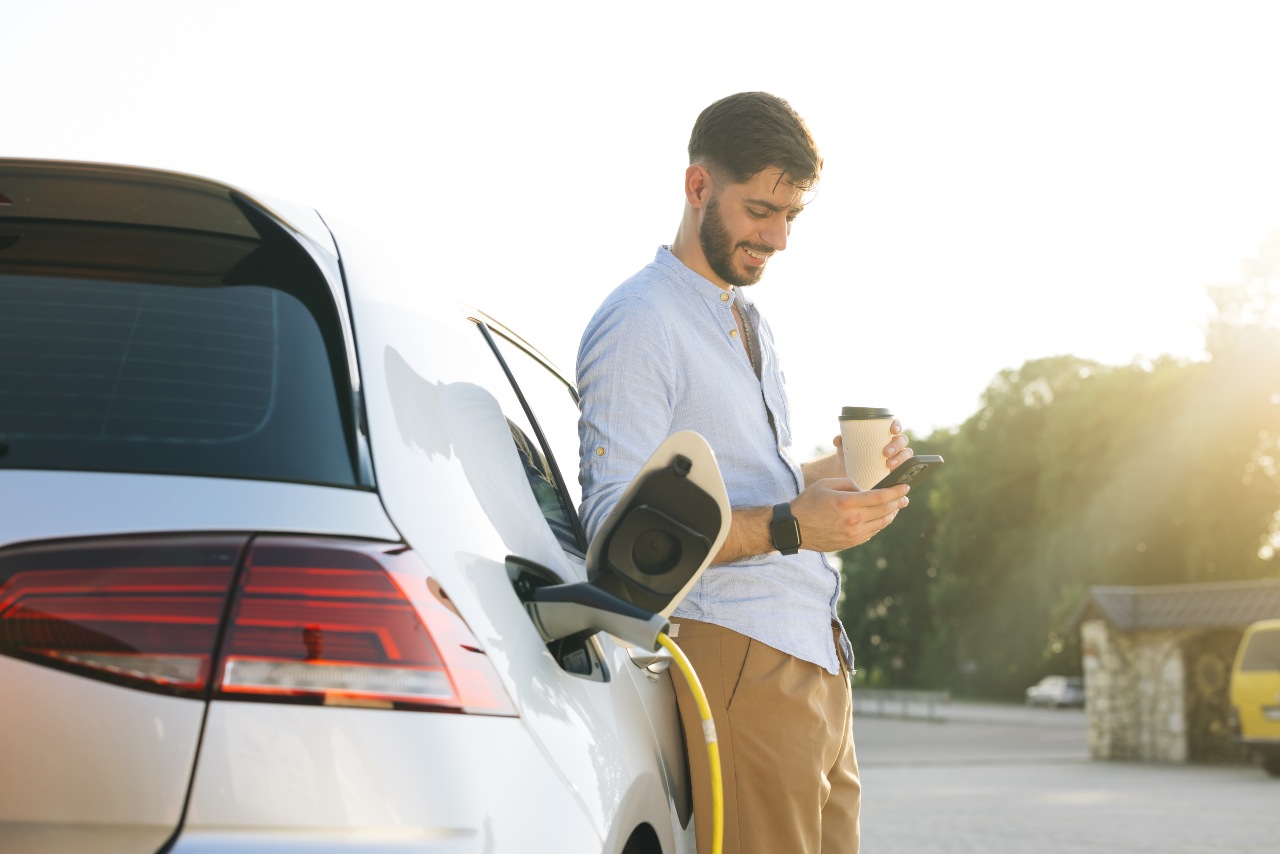
How fast do EV batteries degrade?
According to large-scale studies from Geotab, Recurrent and EV Life, most modern electric vehicles experience EV battery degradation at an average rate of 1.8%-2.3% per year.
Meaning that after five years, the EV’s battery capacity remains between 85-90%. This is well within most manufacturer warranties which generally guarantee a minimum of 70% capacity retention over eight years, or 100,000-160,000km.
Degradation isn’t linear, however. Datasets suggest a slightly steeper decline in the first two years, followed by a more stable rate. This is illustrated in the EV battery degradation chart below, based on the above studies.
While this EV battery degradation chart highlights that degradation slows in later years, it's essential for OEMs to continue designing for both peak performance and longevity. If not, resales will continue to be a potential blocker.
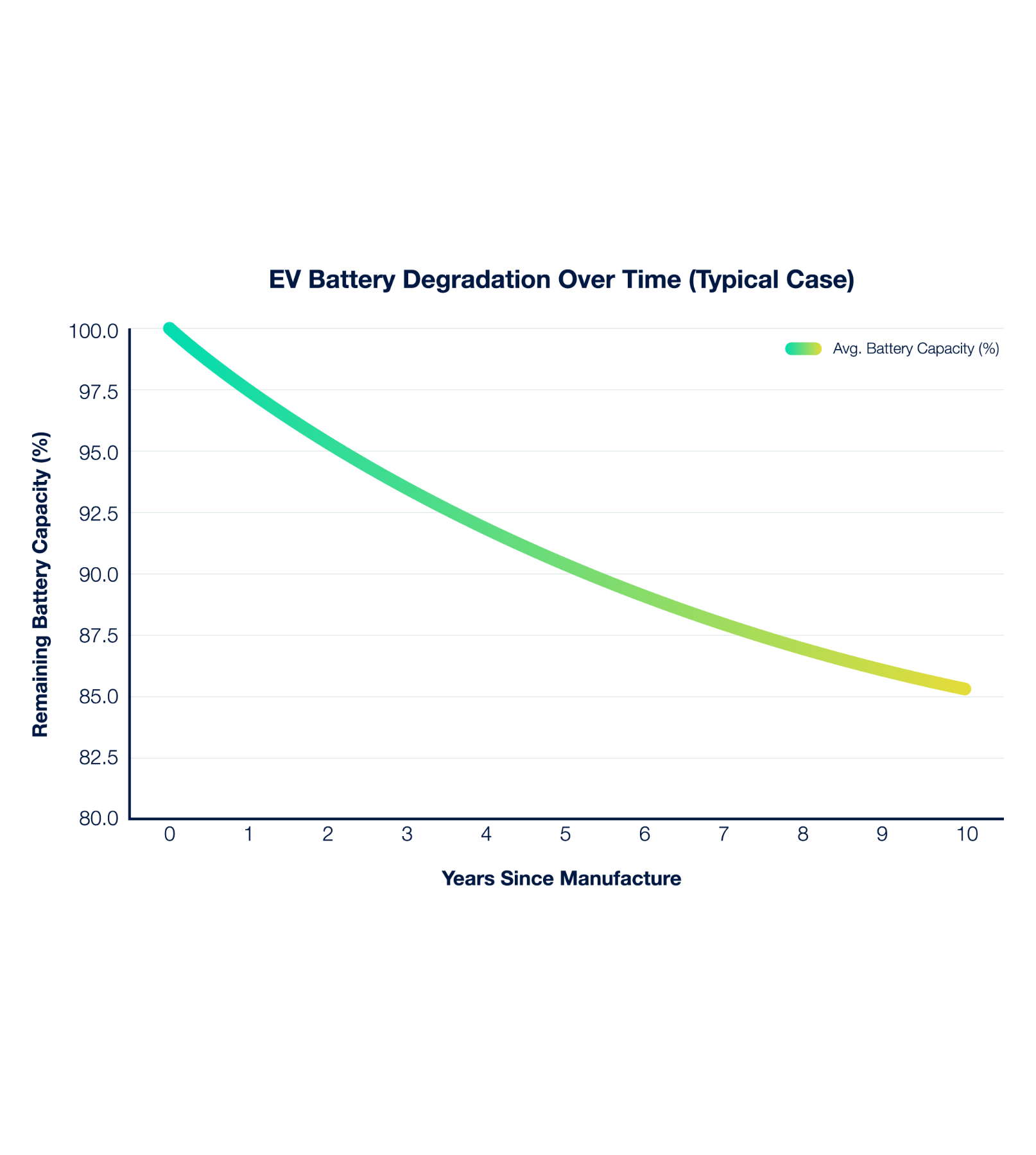
How to slow EV battery degradation
Slowing EV battery degradation isn’t just about the design, it’s about how the user interacts with the vehicle. OEMs play a critical role in educating consumers during the lifecycle via vehicle prompts and UI design, but also during the buying process – either directly, or via dealer training.
Actions that support EV battery capacity and slow degradation:
- Charging habits: Drivers should keep the battery charged between 20-80%, reserving full charges for long-distant journeys only.
- Climate control: Keep battery packs within optimal temperature ranges using thermal buffers and active liquid cooling. Similarly, parking in covered areas helps reduce internal thermal stress.
- Minimise fast charging: Where possible, drivers should avoid DC charging. They can also limit this in public charging stations in the vehicle’s app settings.
- Usage analytics and prompts: Regular software updates ensure telematic-informed alerts are available to guide optimal charging behaviour.
- Remote battery diagnostics: Manufacturers who take advantage of battery diagnostics can identify early signs of wear and tear and inform preventative battery management and repairs.
- Education at handover: OEMs have a responsibility to ensure dealerships are equipped with the knowledge to keep drivers in the know when it comes to battery health. Including degradation guidance as part of their training is an essential step to maintaining EV battery health.
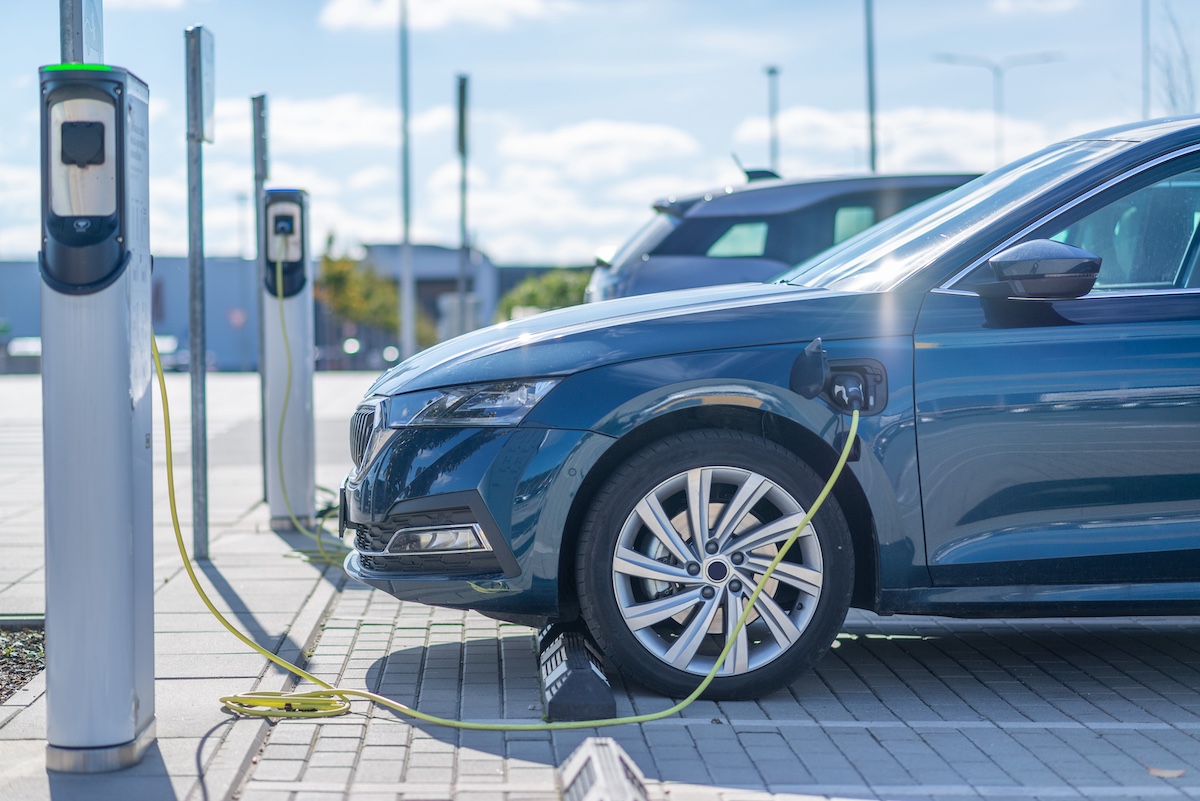
What to do when EV battery capacity and performance drops
Trust in EVs is essential for encouraging adoption, meeting ZEV mandate targets and boosting residual values. So, when the driver notices the effects of battery degradation – whether that’s increased charging times or noticeable drop in range – it can quickly impact that trust. That’s why a proactive aftersales strategy is essential.
The first step should be professional battery diagnostics. These assessments use manufacture-grade tools to evaluate cell balance, capacity retention and internal resistance against baseline data.
Depending on the EV battery health, the battery can then be repaired – a common next step, due to most defaults being isolated to one or two replaceable components – remanufactured or completely replaced.
Offering advanced diagnostics and staged solutions, empowers consumers to maintain EV battery capacity through informed decisions, while preserving confidence in electric vehicles.
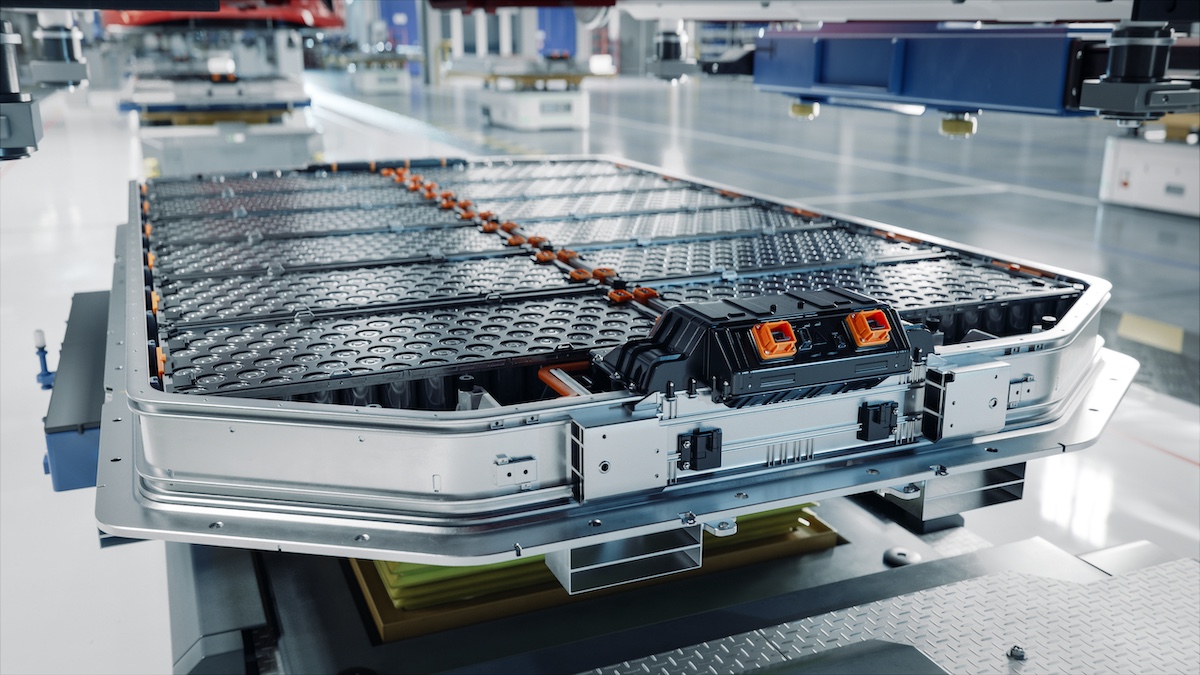
Managing EV battery health with confidence
While EV battery degradation is inevitable and a natural part of the lithium-ion lifecycle, the data speaks for itself – performance loss is minimal, predictable and manageable.
OEMs that provide customers with practical battery health tools, flexible repairs and intuitive diagnostics to maintain EV battery capacity stand to gain brand loyalty, while supporting resale values and wider adoption.
Explore how EV Battery Solutions can support your battery health strategy by getting in touch or browsing our expert services today.
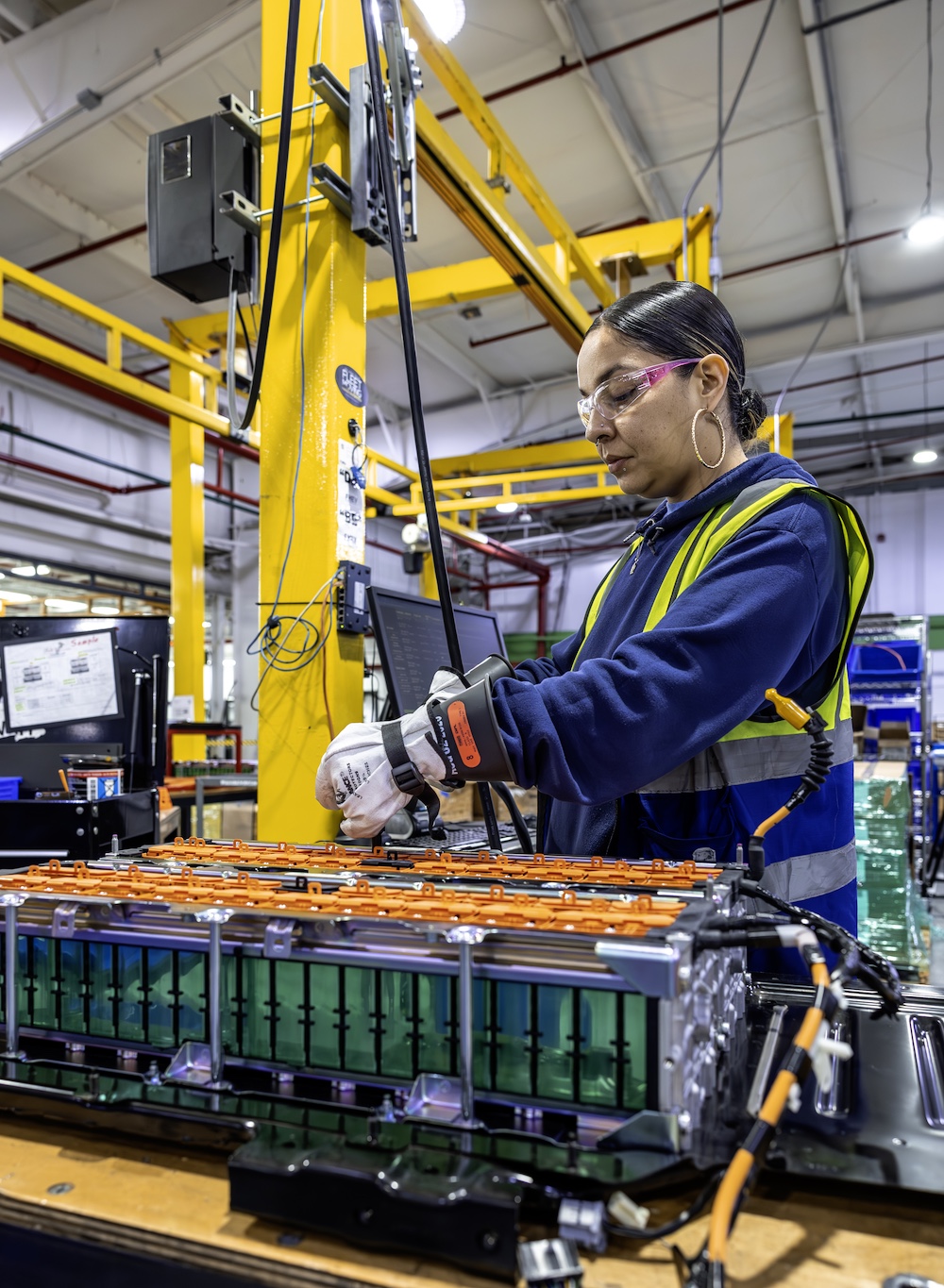
Let's take charge of the future, together
We’re transforming the in-life battery operations of the world’s leading automotive manufacturers. Get in touch to find out how.



